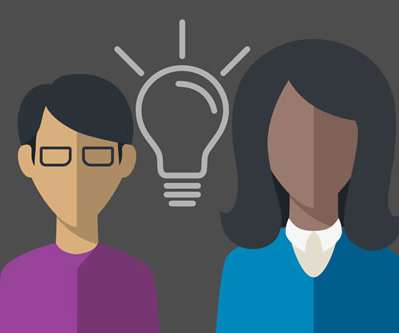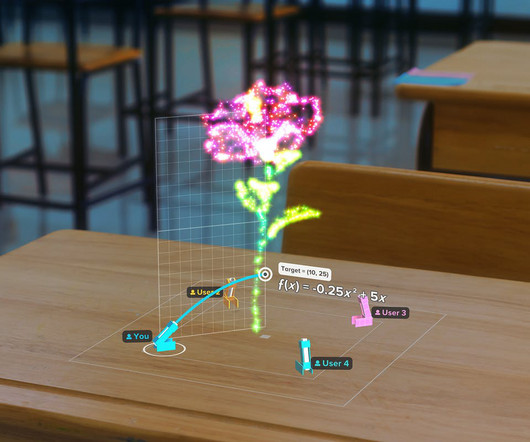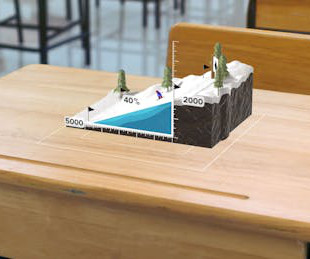MY World 360° Joins Virtual United Nations General Assembly
Digital Promise
SEPTEMBER 17, 2020
From an augmented reality app designed to help us imagine a world where the SDGs have been achieved, to a 360º video highlighting the digital divide impacting students during COVID-19, the latest MY World 360° playlist shares powerful perspectives and visions for a better world. Better World 2030. Better World 2030 AR app.















Let's personalize your content